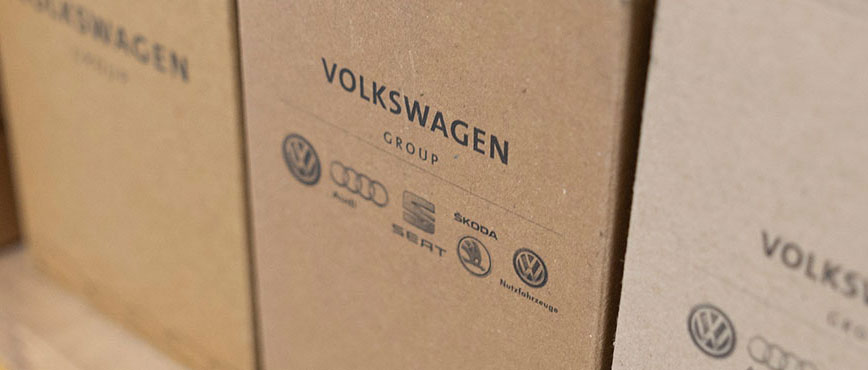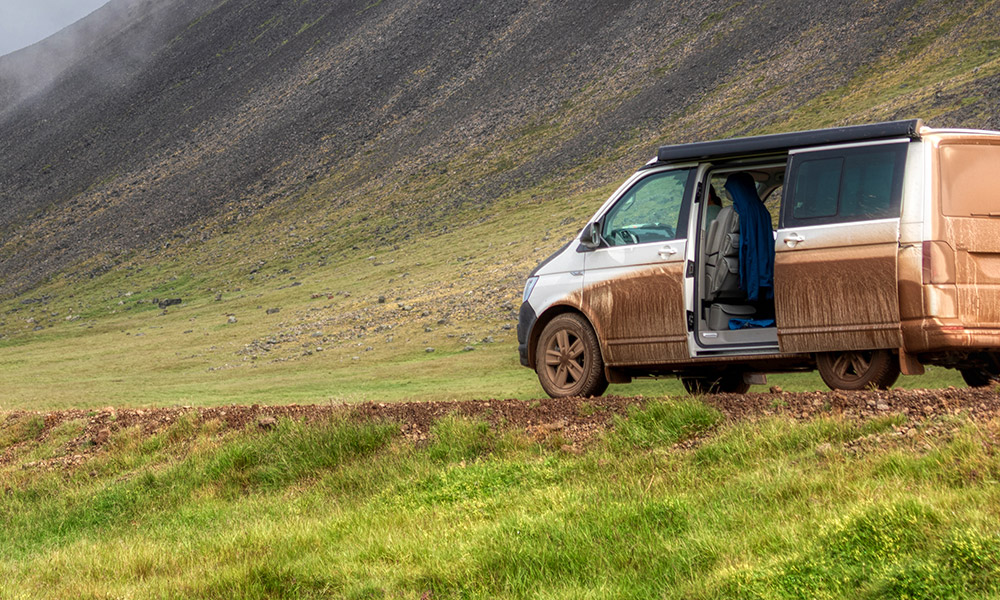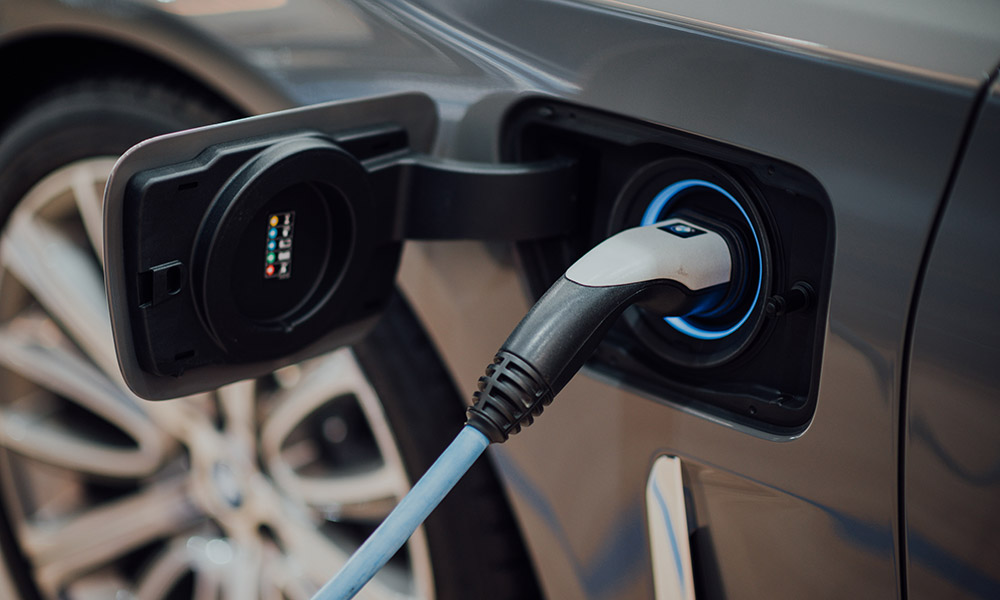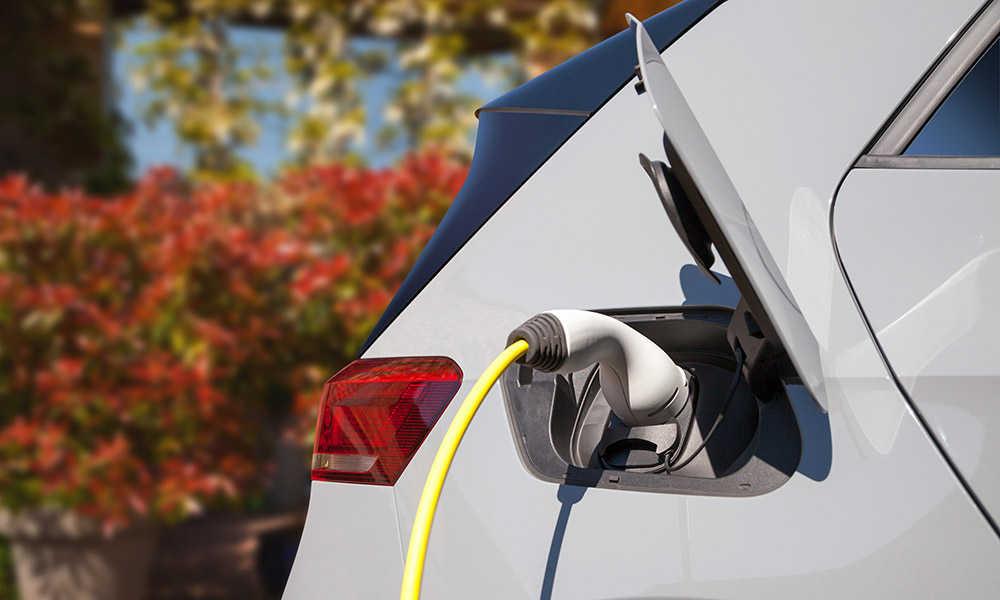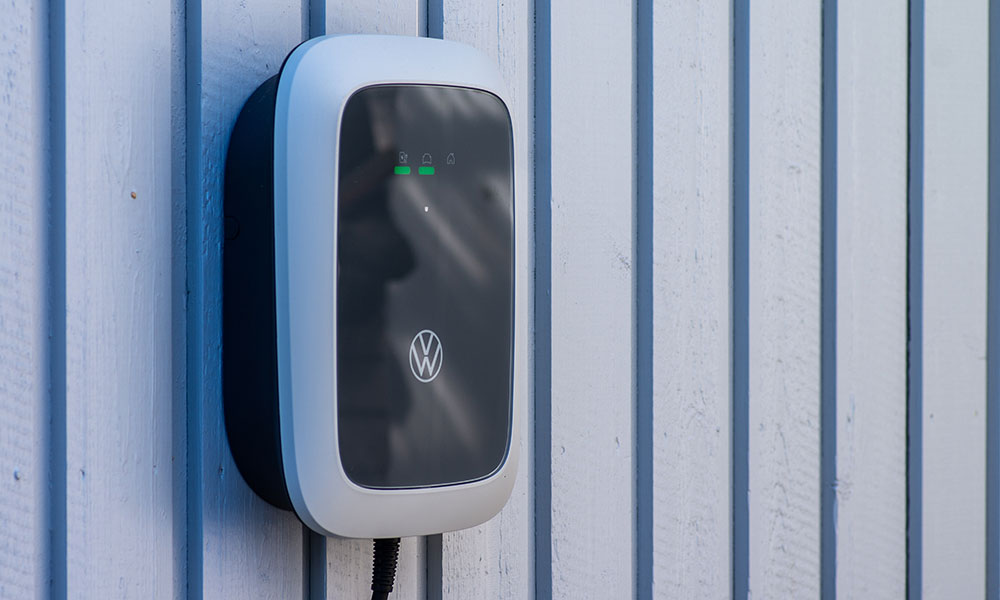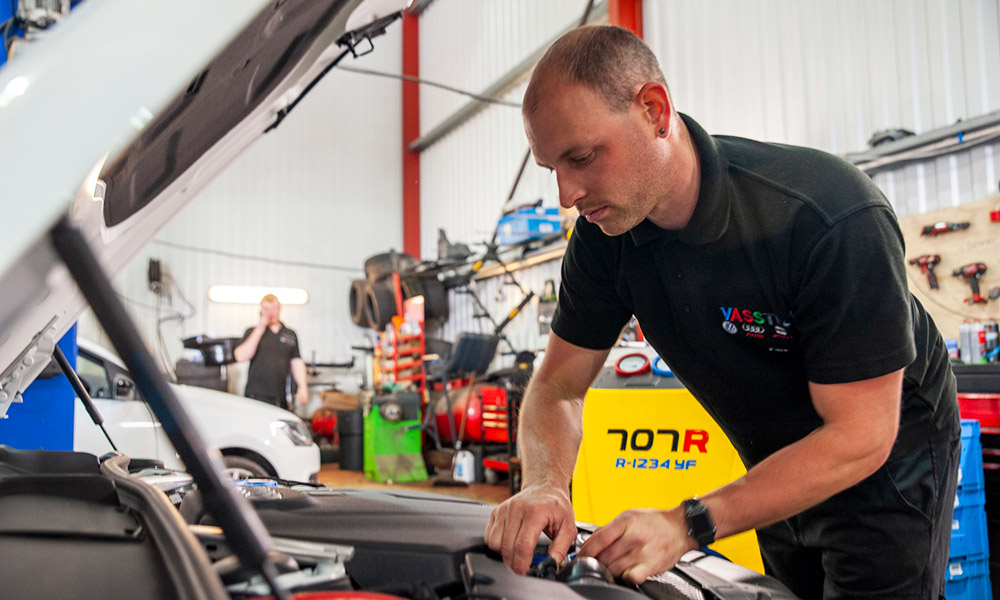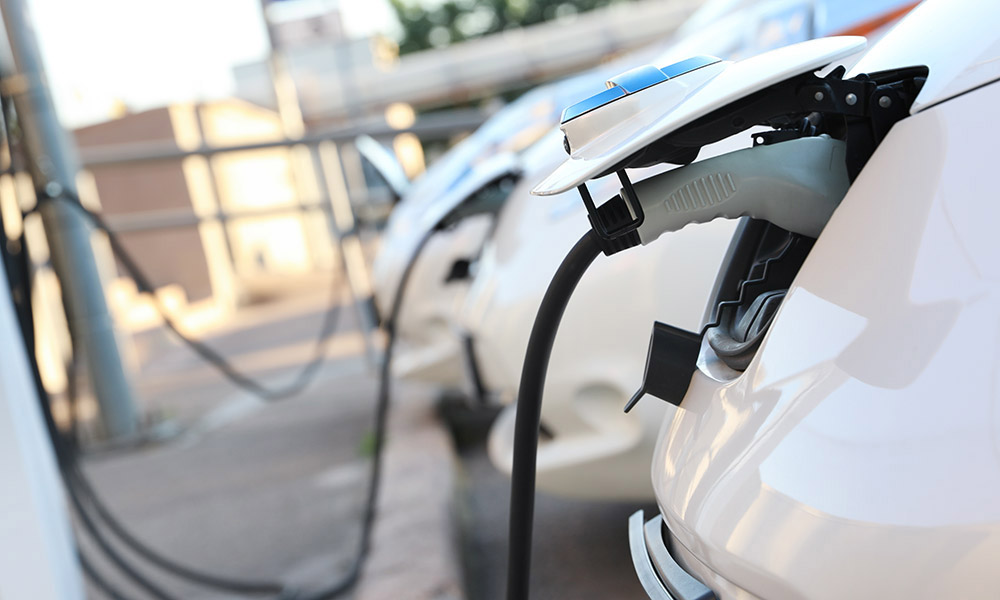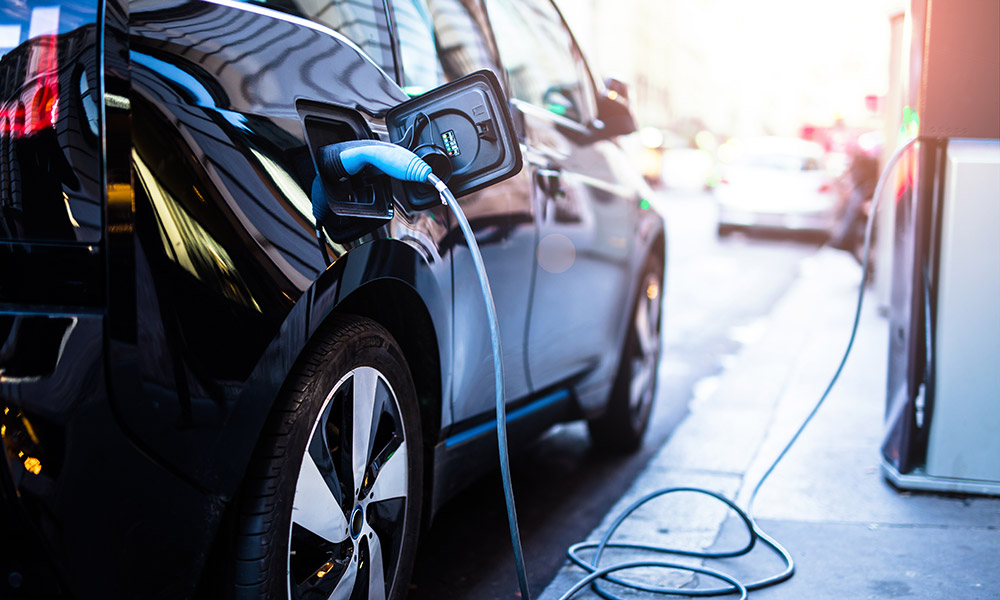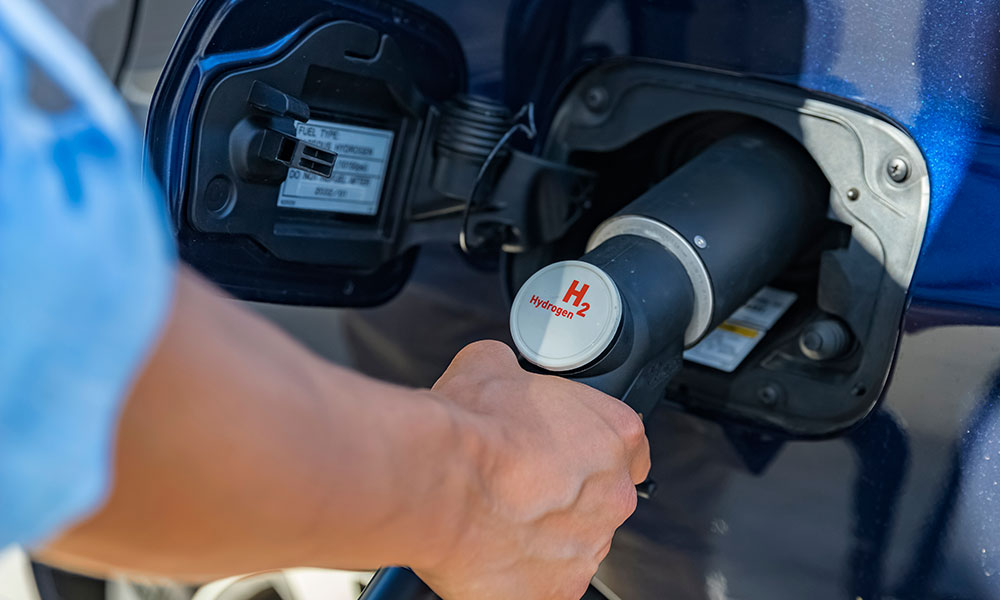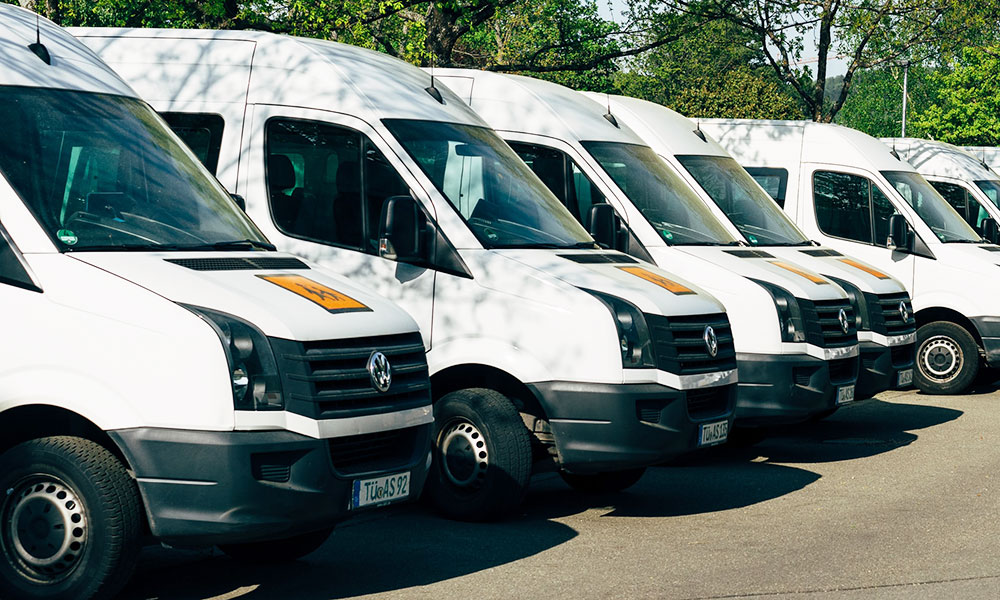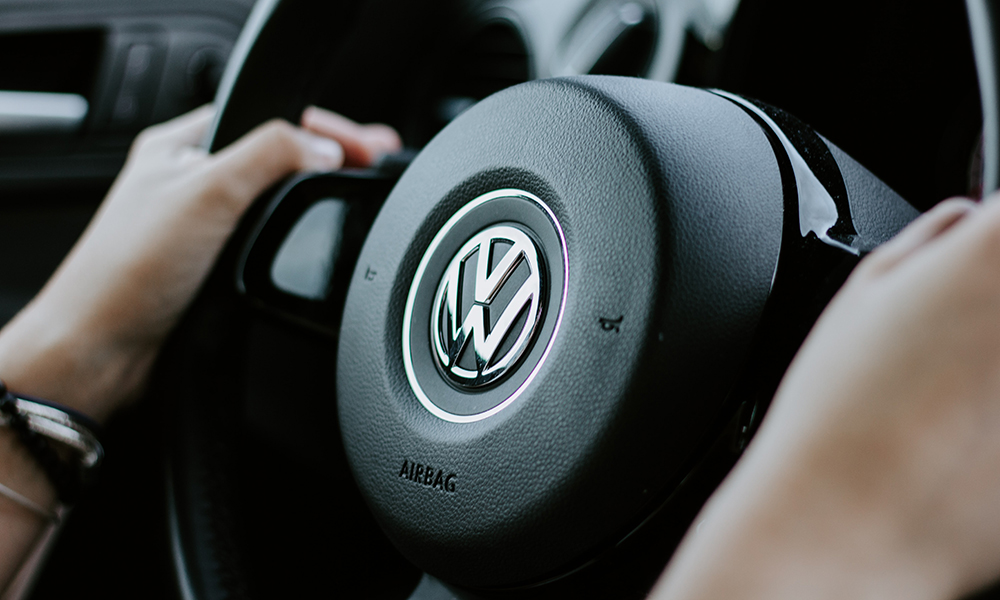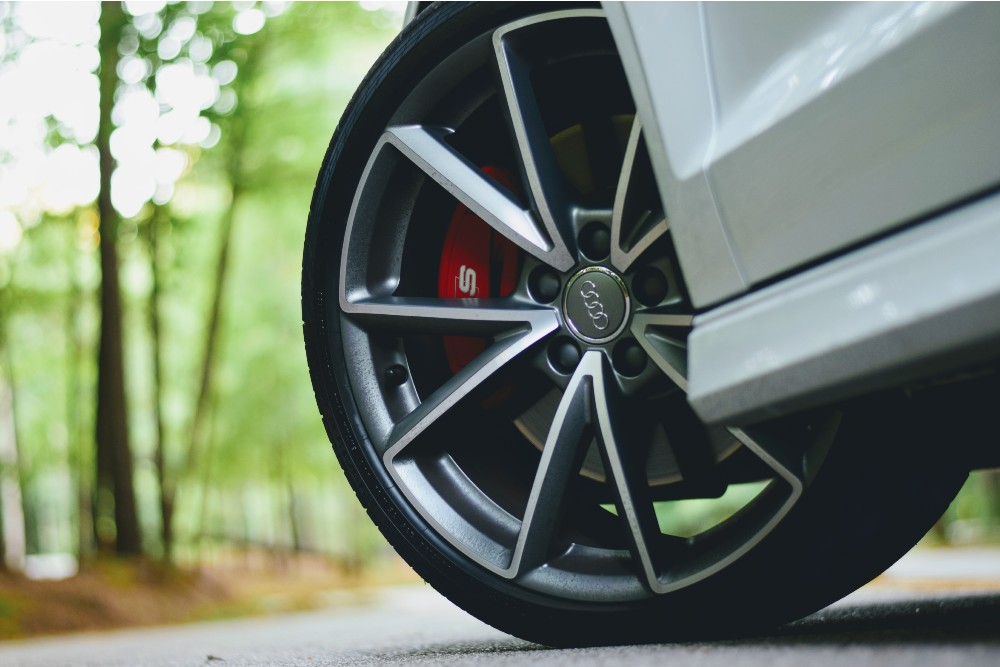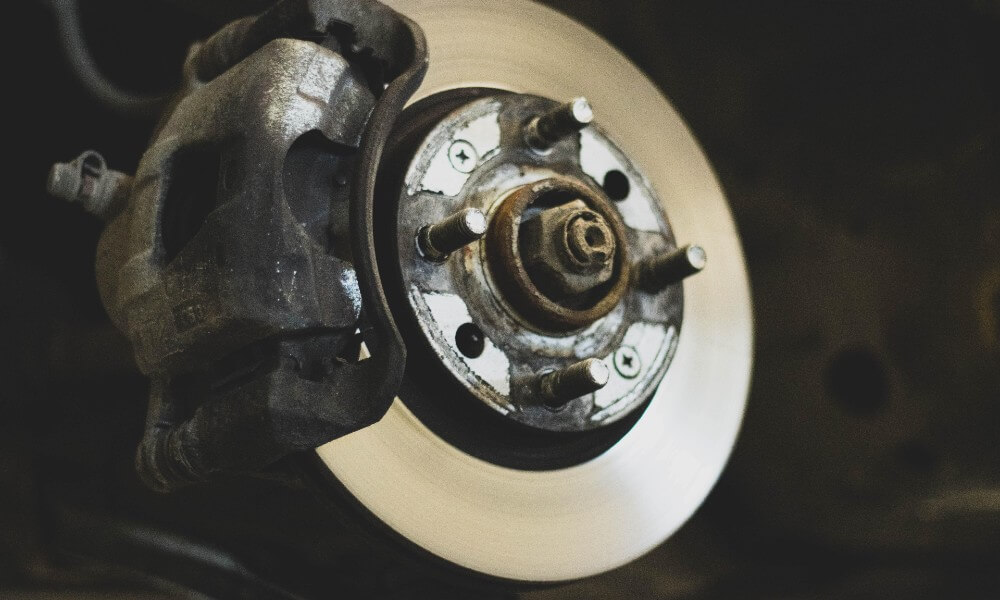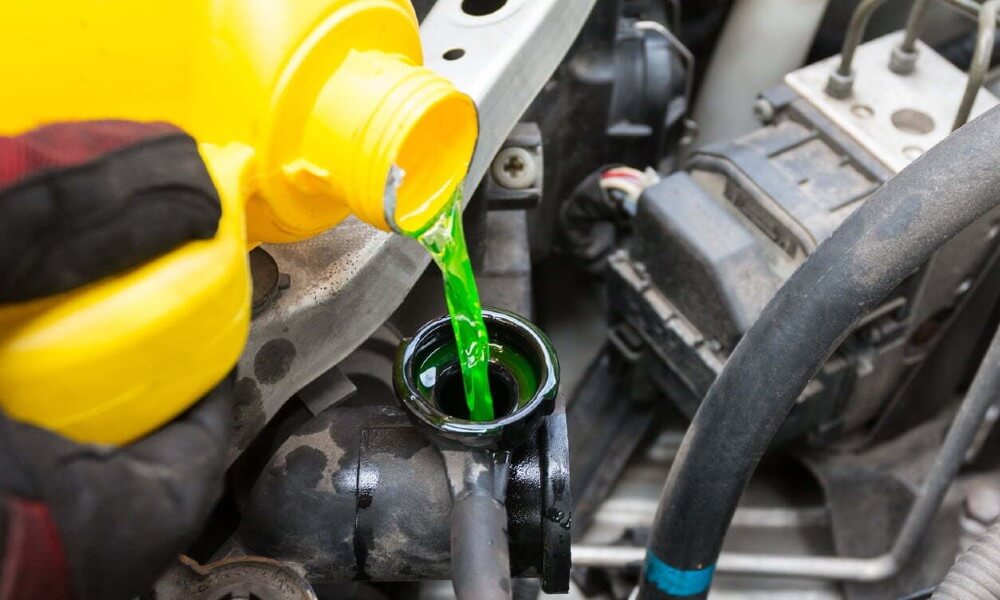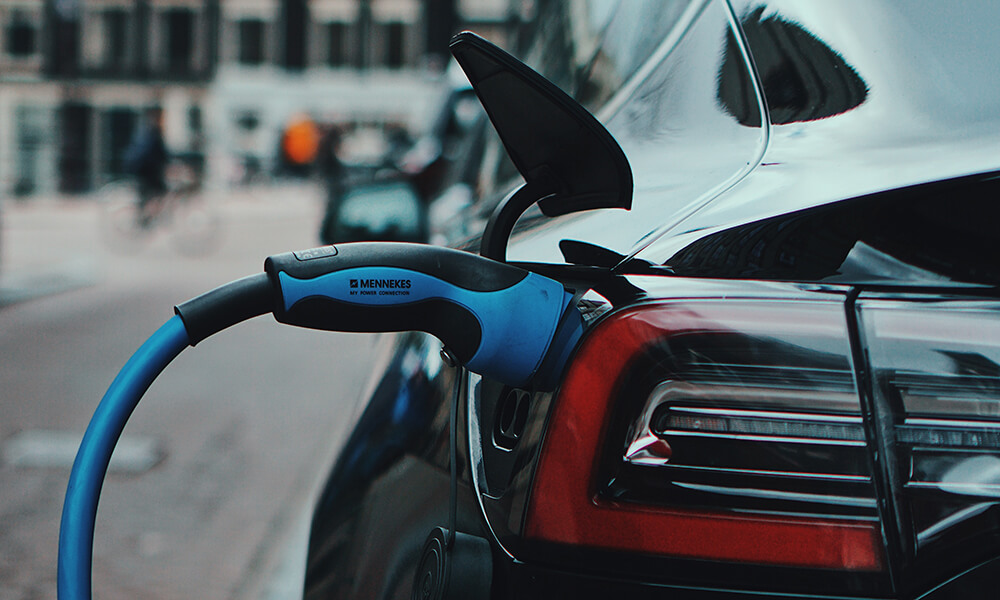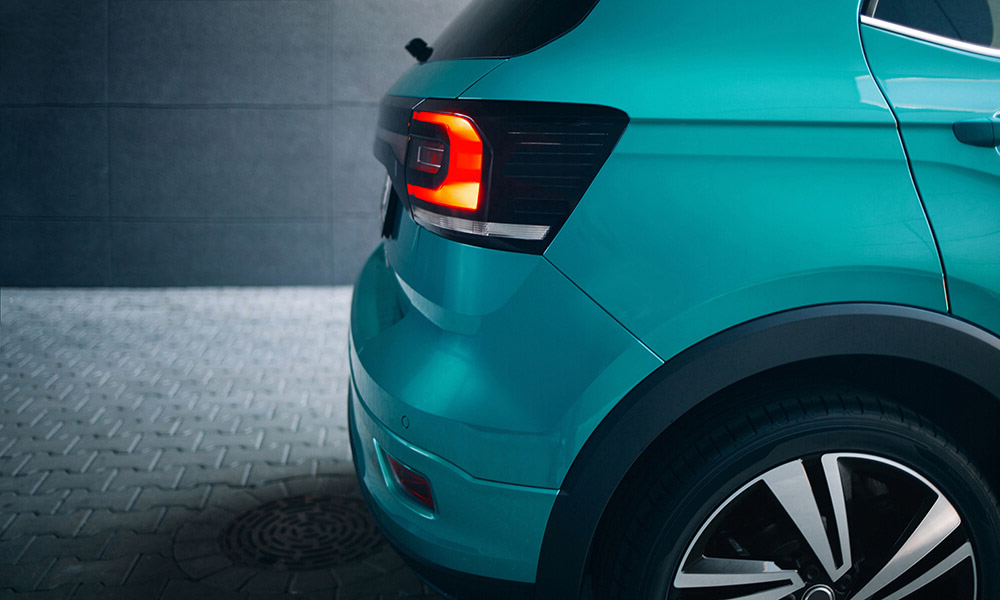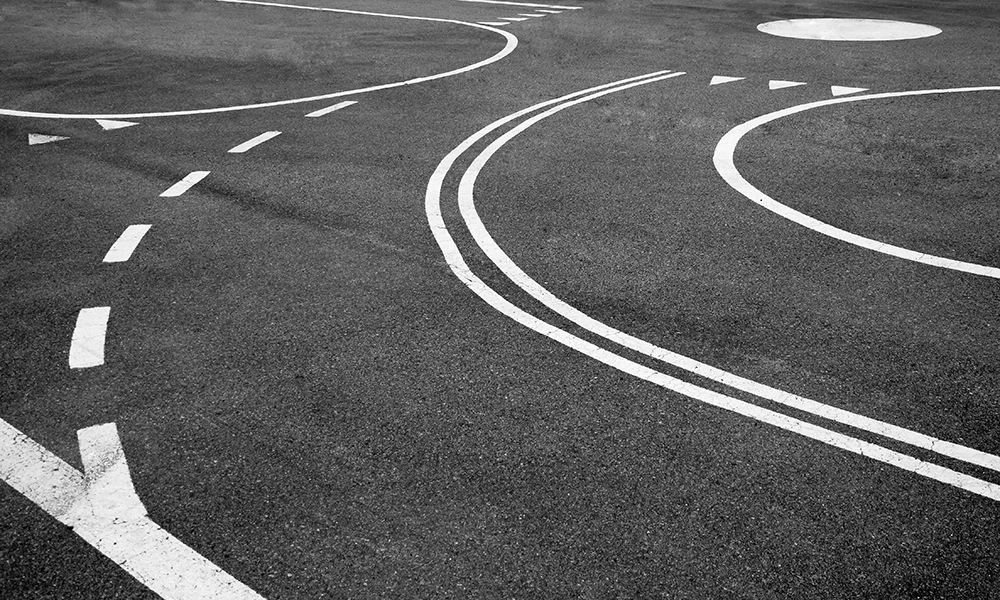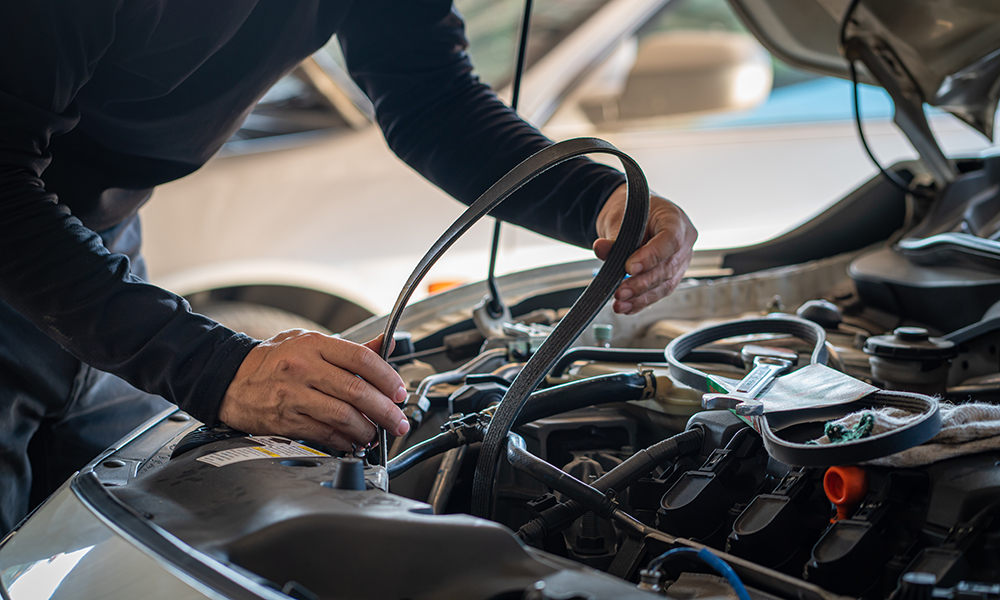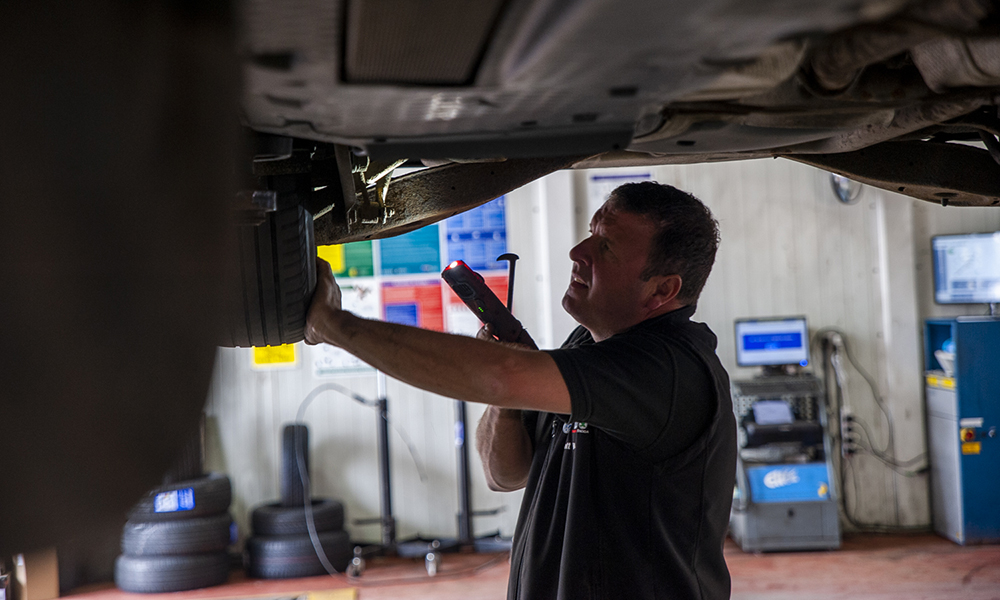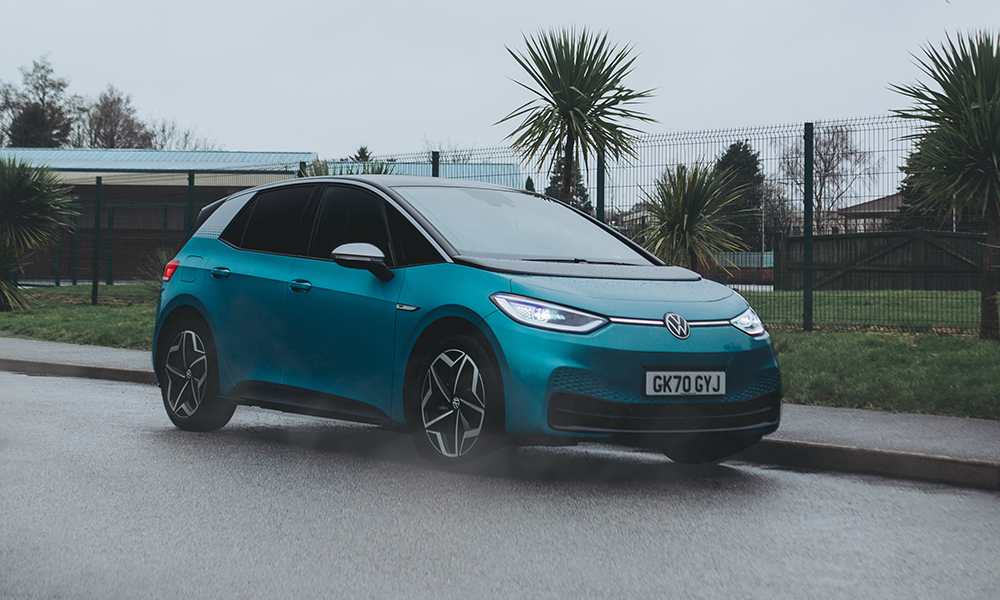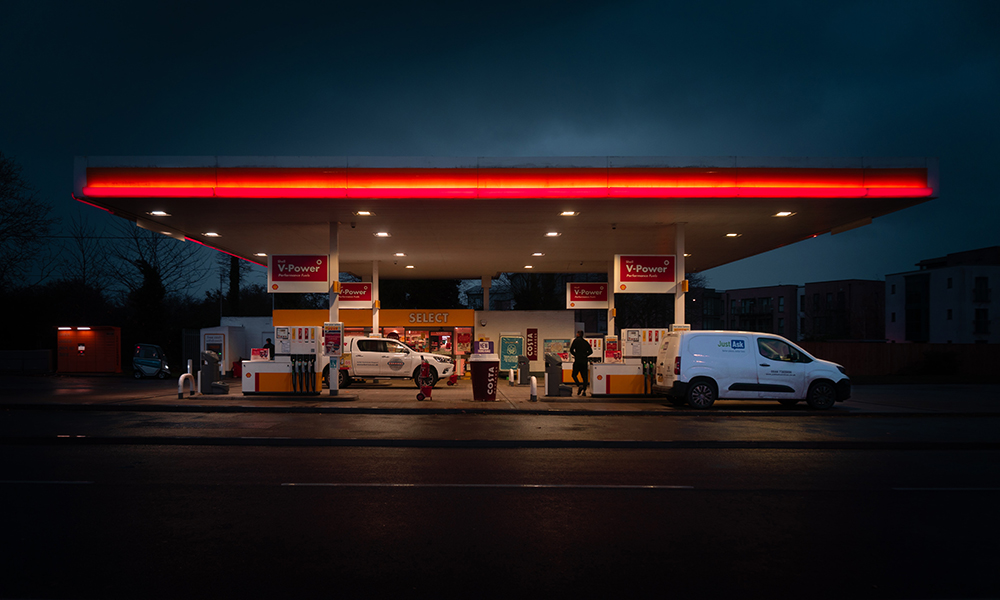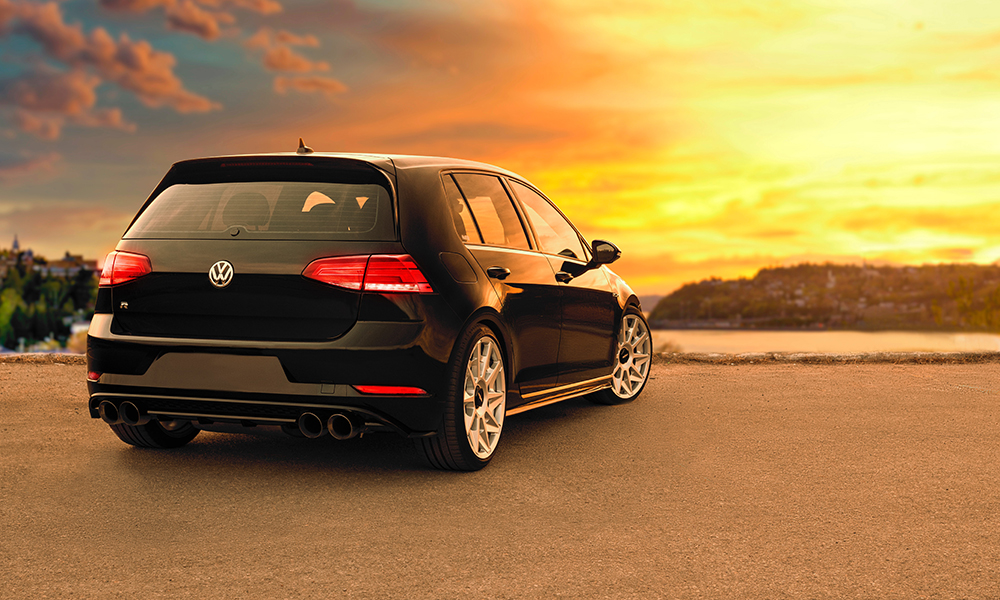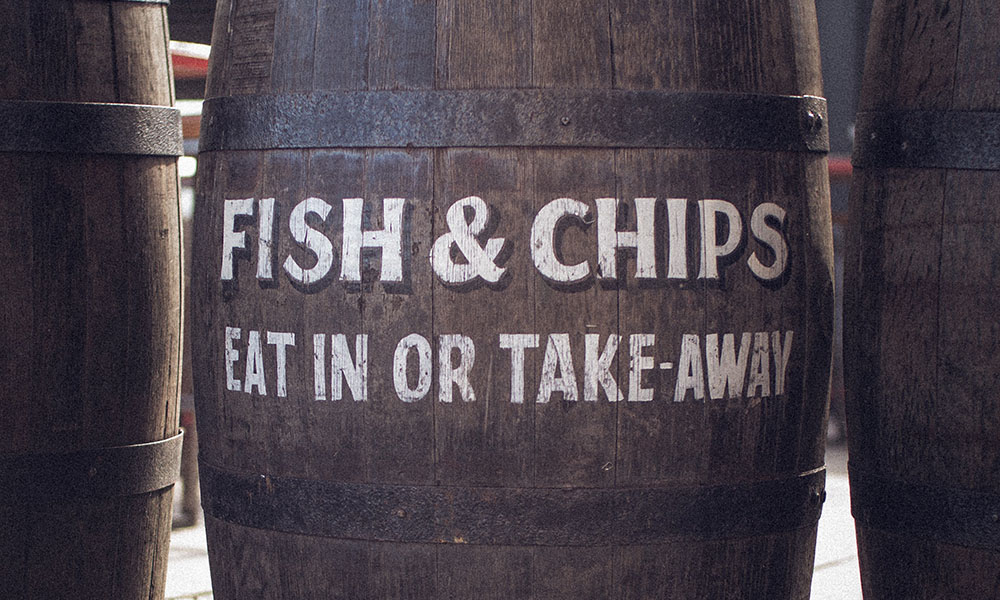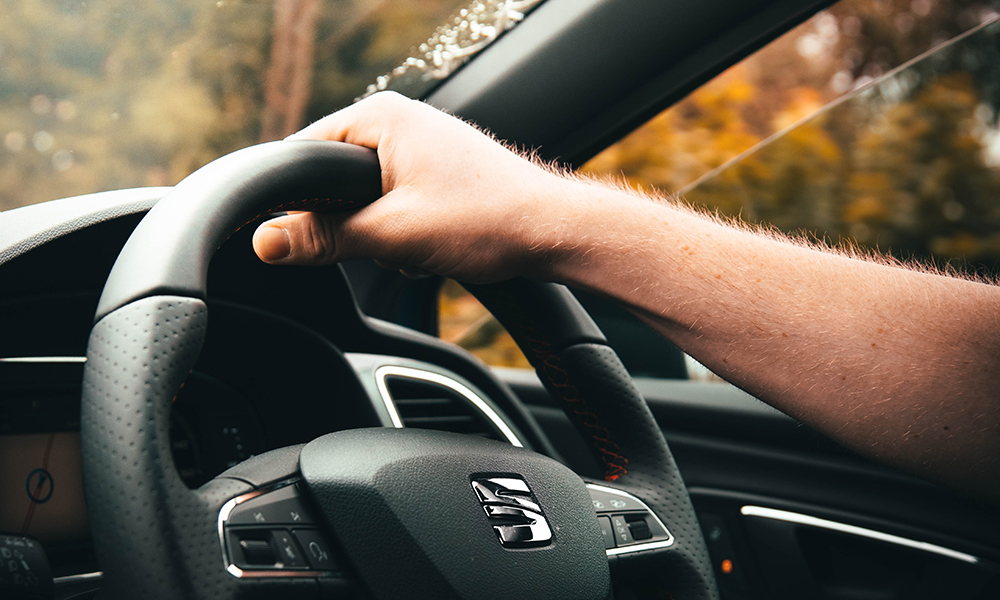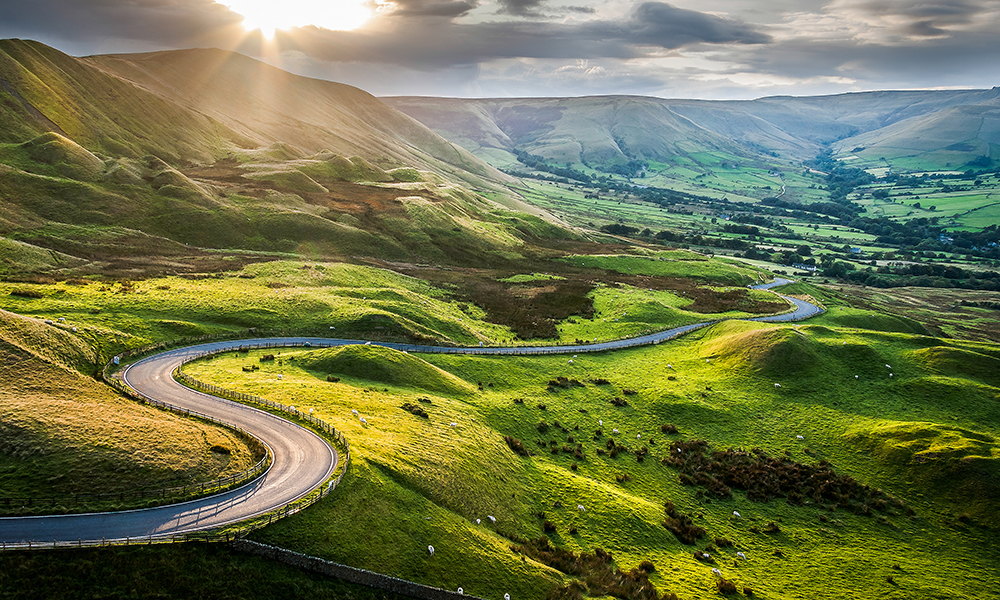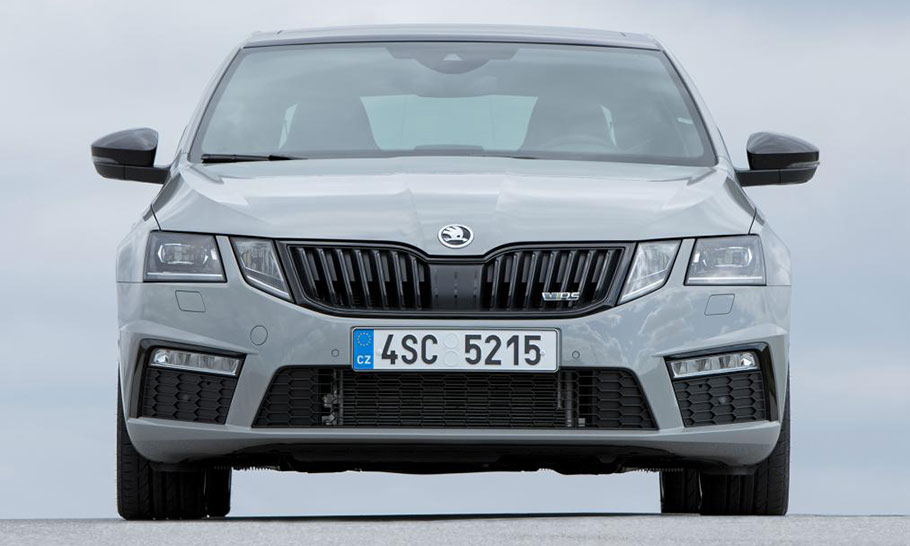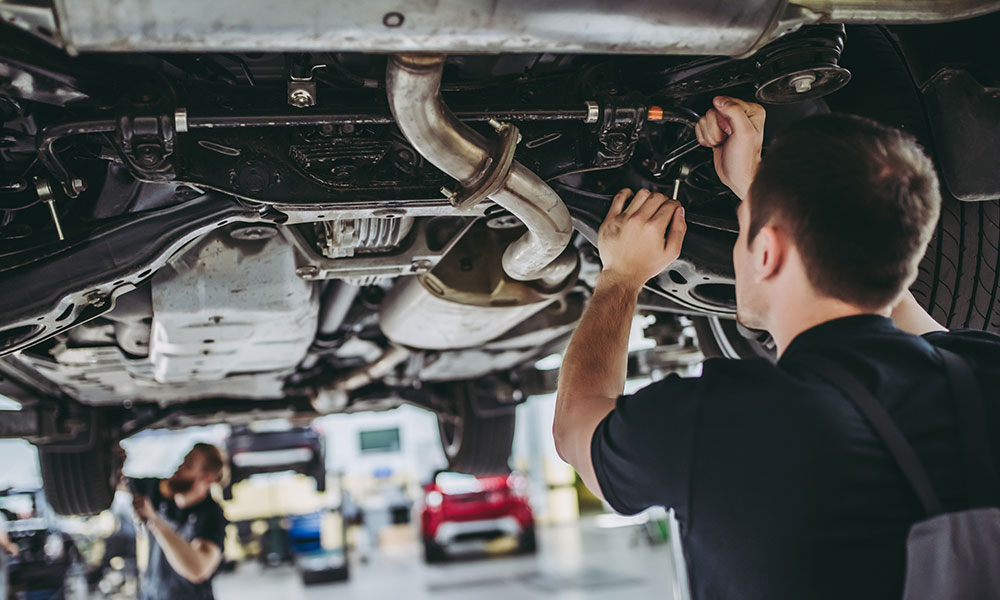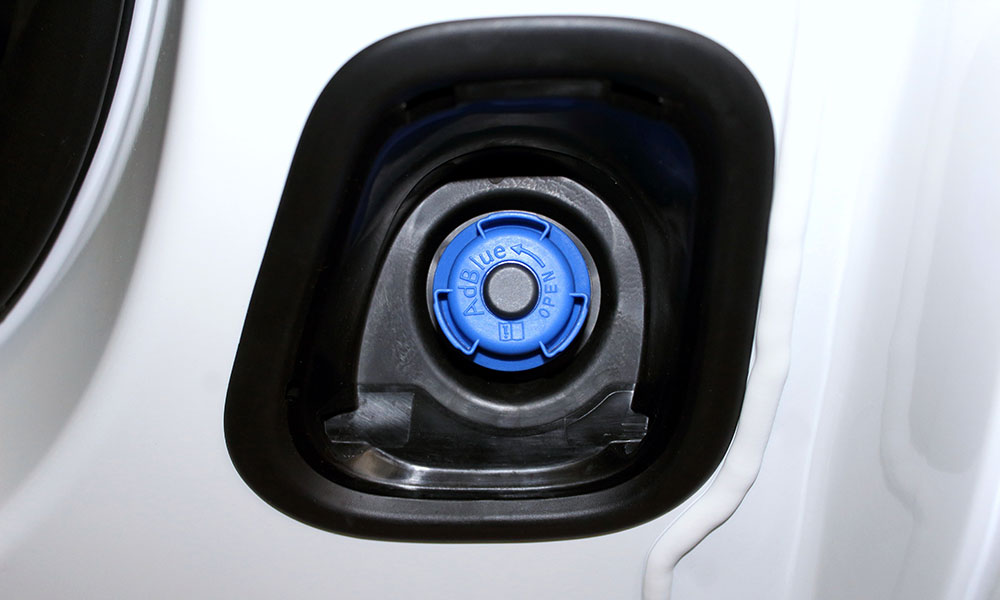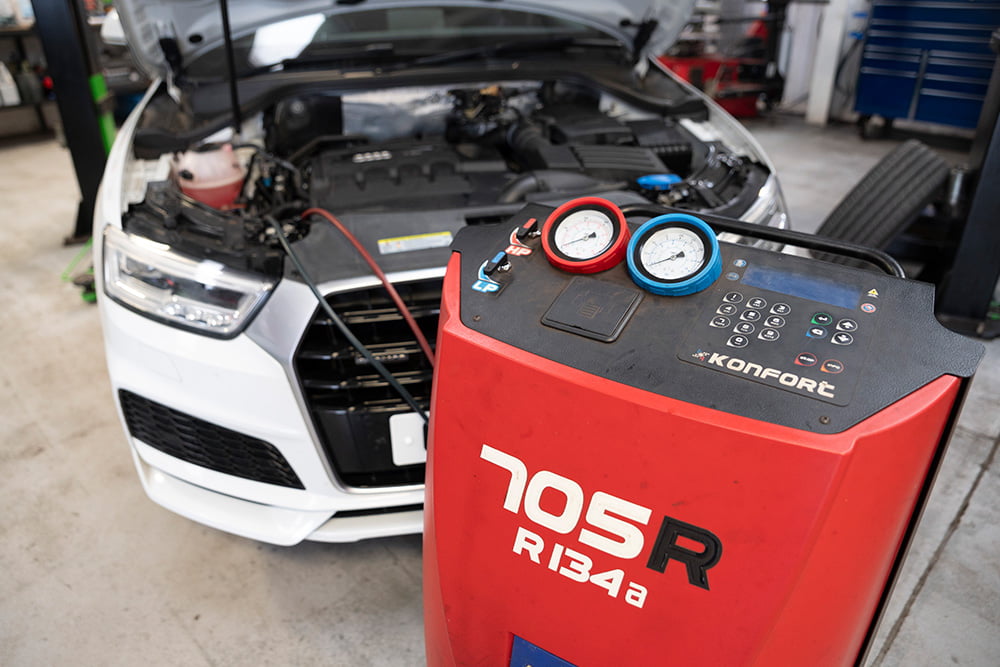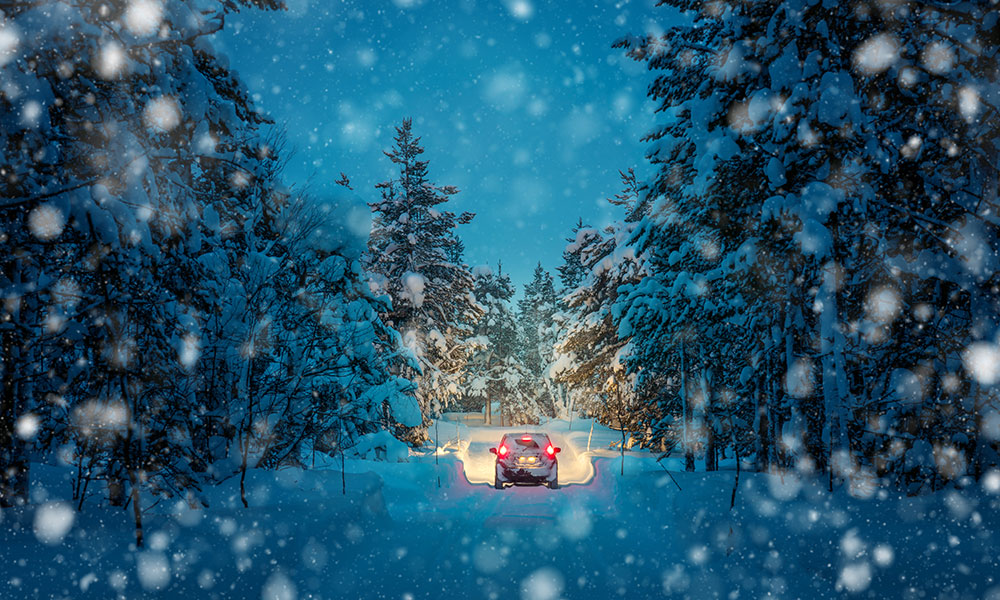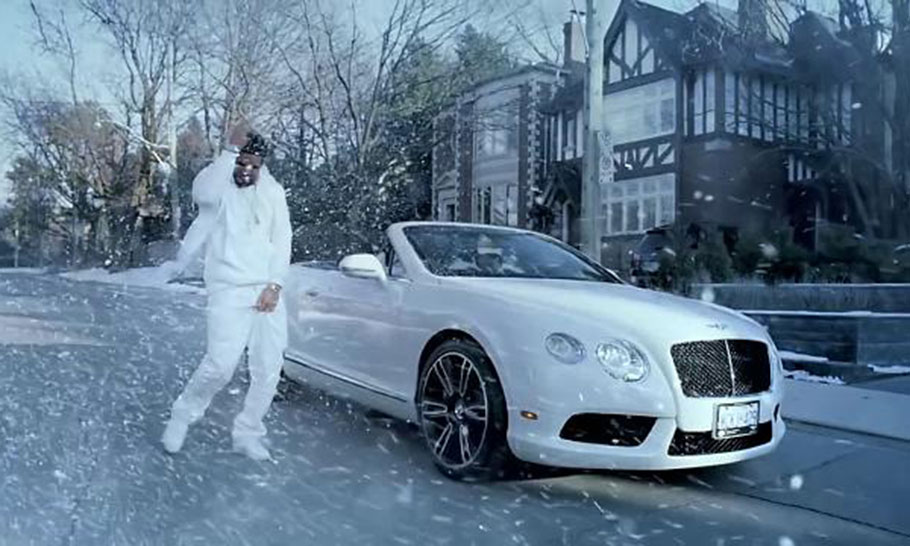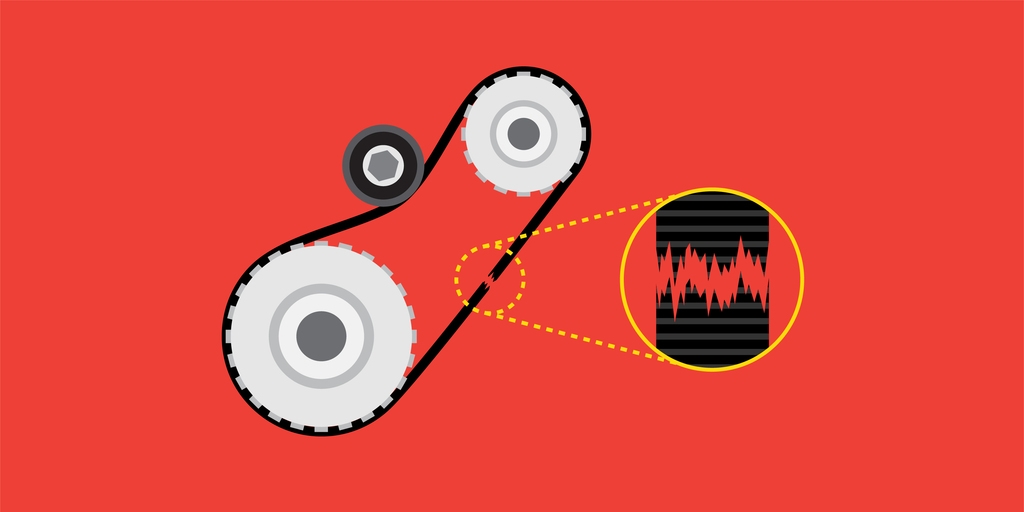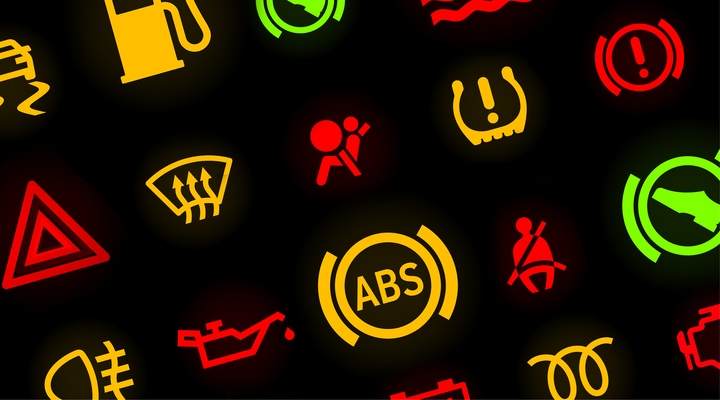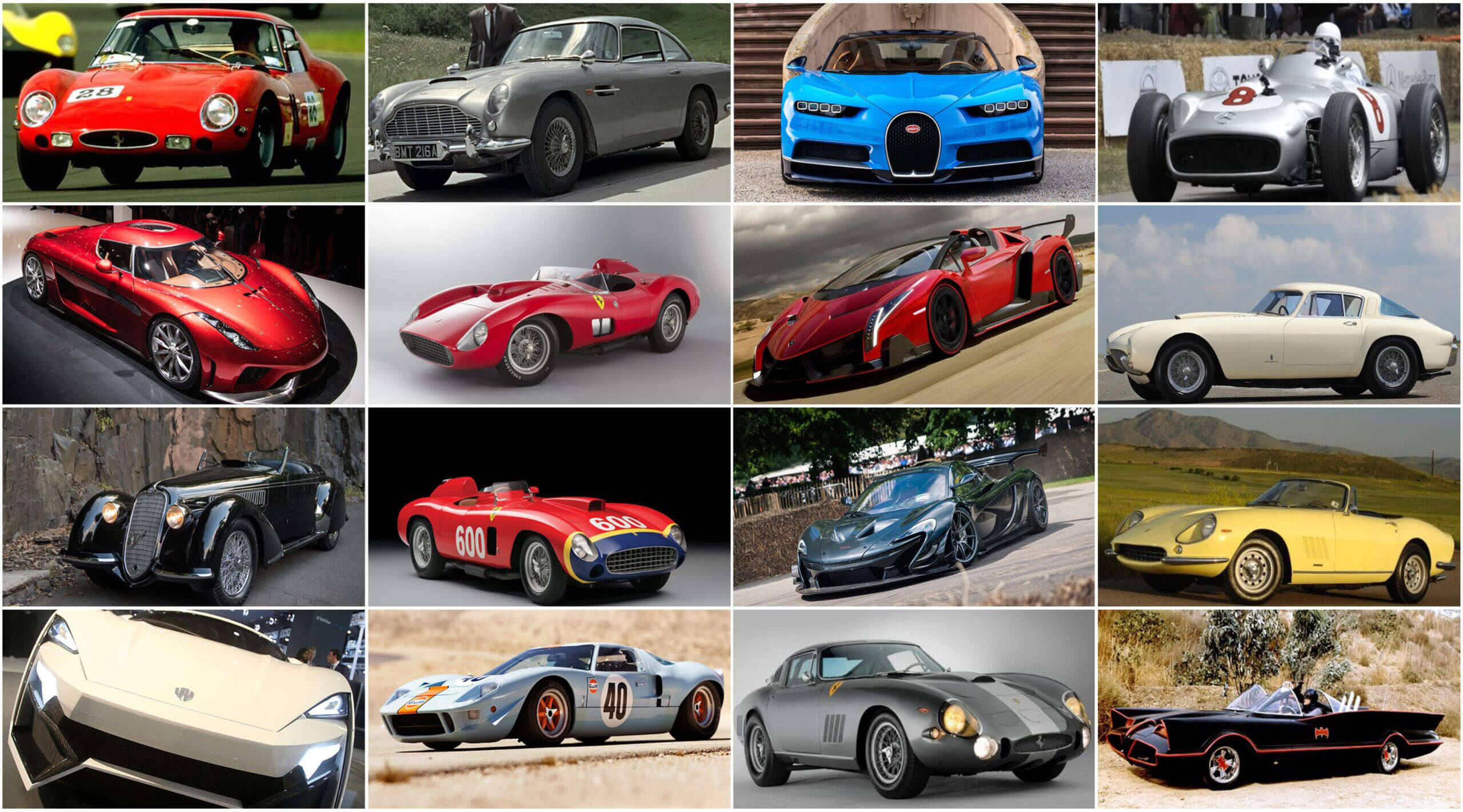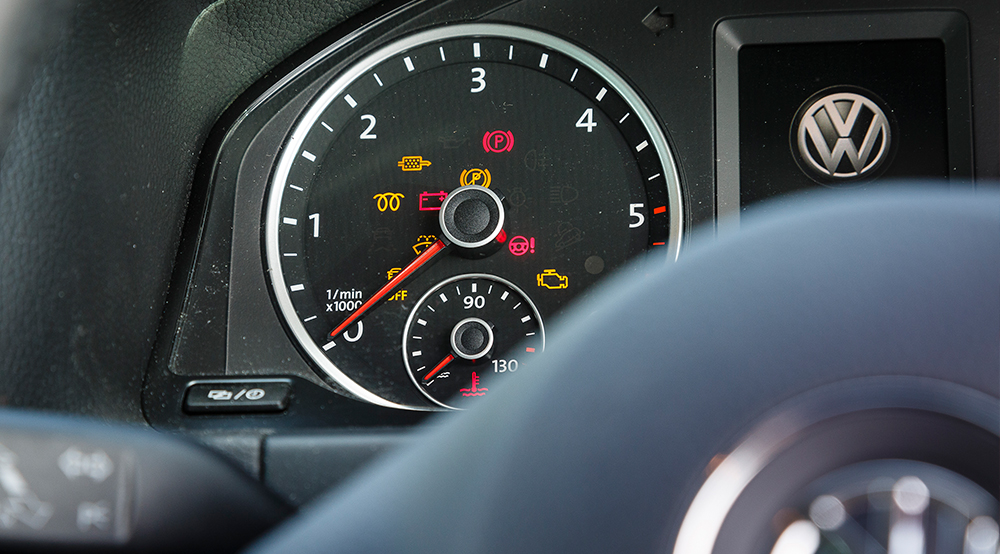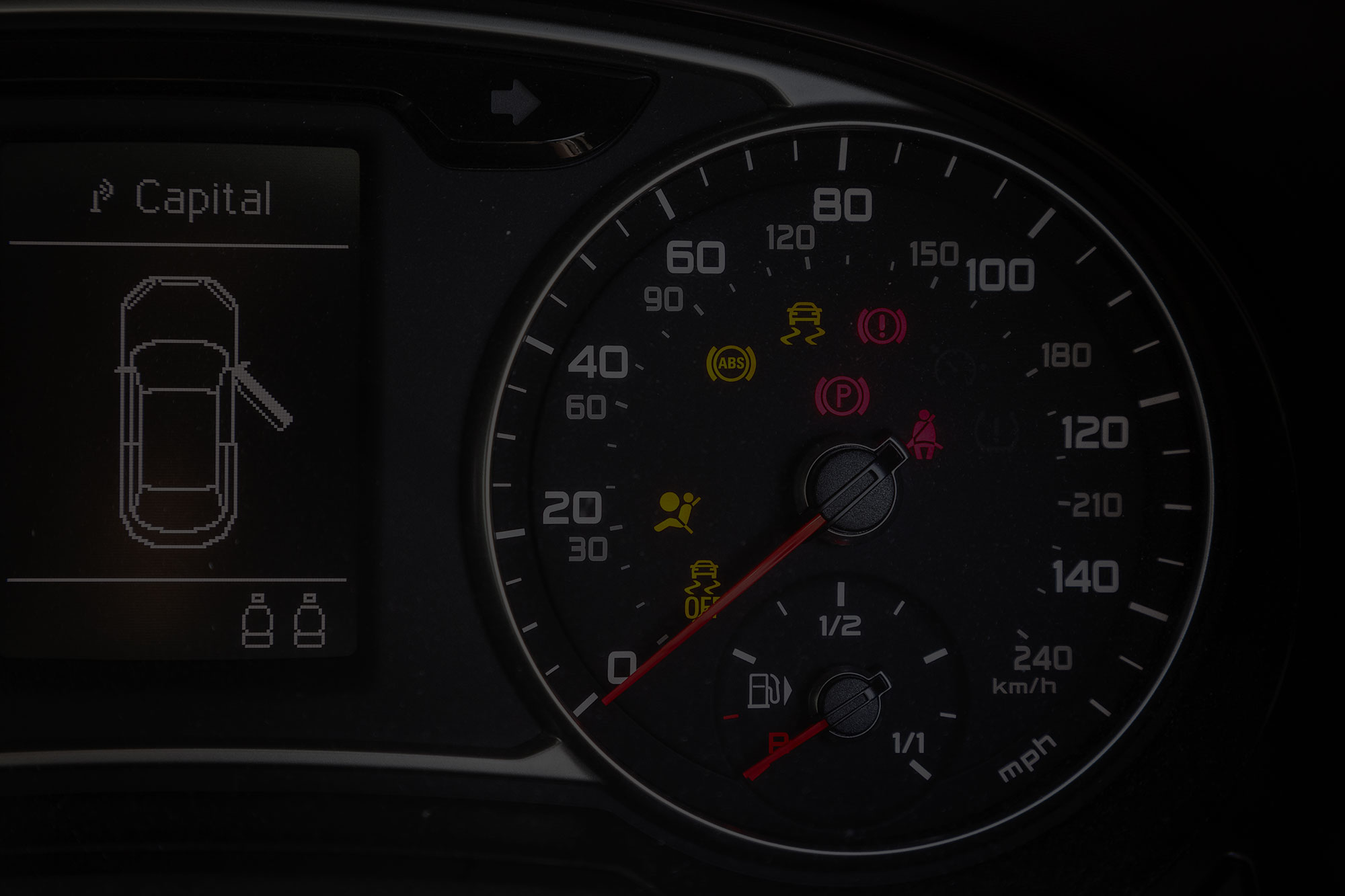The History of the Volkswagen Beetle
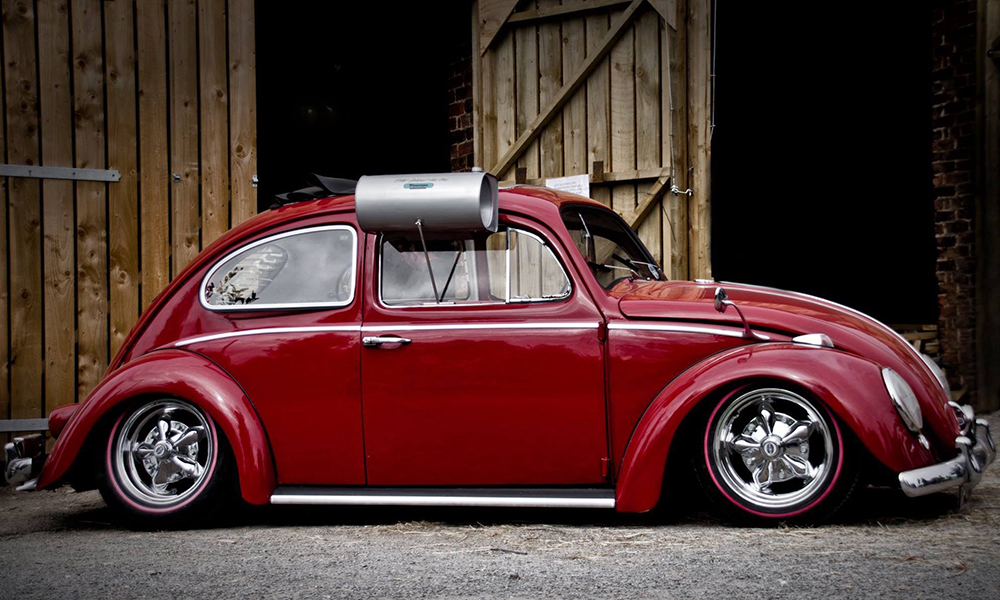
With Volkswagen announcing on Friday that they are to cease production of their iconic Beetle in July 2019, we thought we would take a look at the history of this classic car.
The Beetle has a colourful history that spans over eight decades; from starting as Nazi Germany’s “car for the people”, to eventually securing Disney stardom as Herbie in The Love Bug.
The 1930s: The Idea
Adolf Hitler commissioned Ferdinand Porsche to create a “people’s car” in 1933. The car was to be cheap and straightforward, allowing German families to take advantage of the country’s newly-constructed autobahns.
The first prototype of the Beetle was actually a Porsche Type 1 – with Volkswagen not getting their name until 1937!
1939: The War
In 1938, the foundation stone of the KdF-Wagen factory (that would go on to manufacture the Beetle for over sixty years) was laid. The factory would fall behind schedule, with the eventual production of the Beetle halted to accommodate for the war effort.
1945: End of the War
When the war ended, the KdF-Wagen factory had been captured by the American military, with responsibility subsequently given to the British Military Government, who were responsible for the company until it could be returned to German control.
British Army Officer Major, Ivan Hirst, was ordered to take control of the plant and persuaded the British Military to order 20,000 cars. Without this order, the Beetle would not have secured its place in history. The factory was producing nearly one thousand Beetles a month by the end of 1946.
1948: New Life
Heinrich Nordhoff was appointed General Director of Volkswagen in 1948. Over 1,300 vehicles were exported to several Scandinavian countries, marking the start of foreign mass production for the car, with the production of the Beetle soon resuming. Over 1,300 cars were exported to several Scandinavian countries, marking the beginning of foreign mass production.
The company was returned to German control in 1949.
Nordhoff maintained a strict one-car manufacturing policy of the Beetle, which guaranteed subsequent year-on-year growth for the Beetle. Production plants in Mexico and Brazil were opened in 1954, which helped North American exports.
1955: The First Million
After securing nearly a decade of continual growth at the hands of Nordhoff, the millionth Beetle was produced in 1955. The Beetle was now being exported to more than 150 countries, which further secured the car’s place on the world’s roads.
1968: Herbie
When The Love Bug was released in 1968, audiences were introduced to Herbie, the pearl white Beetle with a mind of his own who helped propel Jim Douglas, the down-on-his-luck racing driver to fame and fortune.
Despite the film clearly featuring the Beetle, Volkswagen didn’t let Disney use the brand’s name, logo or shield – which is why the car is never exclusively referred to as a Beetle – even if the logo does briefly feature in a couple of scenes!
1973: Decline
In spite of the successes of the sixties and early seventies (the fifteen-millionth Beetle was produced in 1972), Beetle sales started declining in 1973, due to worldwide competition from Japanese markets and the Austin Mini. This lead to Volkswagen developing their “new generation” cars, which were all front-wheel drive and had water-cooled engines.
The Passat, Scirocco, Golf and Polo were all released in the following years.
1978: End of the German Road
Beetle production continued in albeit smaller numbers in Germany until 1978, when full production moved to Brazil and Mexico. The Beetle ended production in Germany in 1980.
2003: End of the Mexican Road
The last original Beetle was produced in Mexico in mid-2003. This final batch of 3,000 original Beetles was sold with 2004 number plates, before ultimately being replaced by the New Beetle, which entered production 1997.
2011: End of the New Beetle, Hello Beetle A5
The New Beetle was not as successful as the original Beetle, leading to the development of the new New Beetle. This second-generation New Beetle was released in 2011 and featured several elements that were aesthetically similar to the original Beetle (even if it was supposed to look ‘meaner’). Manufacturing was concentrated to the Mexican plant, to initial success, and the convertible new New Beetle was released in 2013.
2018: End of the Road
After 2015’s Volkswagen Dieselgate and suffering declining sales once again, Volkswagen announced that they would be discontinuing the new New Beetle A5 in July 2019, as they start to concentrate their efforts on the emerging electric car markets, and producing larger, more ‘family friendly’ vehicles.
In 2010, 20 people crammed themselves into a 1964 Beetle to raise awareness for human trafficking – it certainly came a long way from the Porsche Type 1! We’ll definitely be sad to see the end of production for this iconic cult car.

